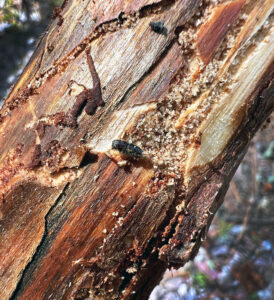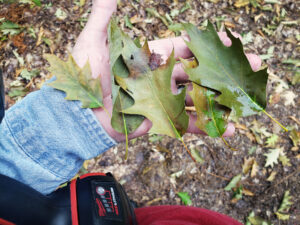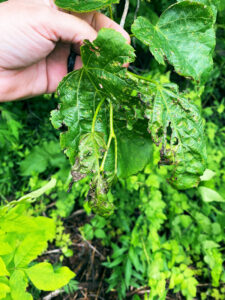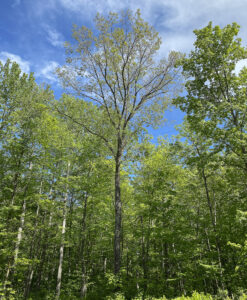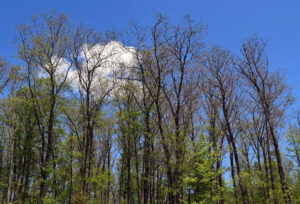By Michael Hillstrom, Forest Health Specialist, Fitchburg
Michael.Hillstrom@wisconsin.gov
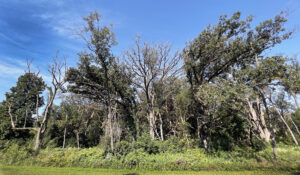
Oak decline at Big Foot Beach State Park caused by flooding, drought, spongy moth defoliation, twolined chestnut borer and Armillaria. / Photo Credit: Michael Hillstrom, Wisconsin DNR
Bur and white oaks, most of them more than 100 years old, have experienced rapid mortality (within one to two years) over the past four years in southern Wisconsin and neighboring states. Research into the cause is ongoing, but the evidence so far suggests it’s an oak decline.
Oak declines are not caused by a single issue, but rather by the stacking of multiple health issues. Drought, flooding, storm damage, age, twolined chestnut borer, Armillaria and other root pathogens, and spongy moth and oak leafroller defoliation all play a role in the damage.
Continue reading “Oak Decline Continues In Southern Wisconsin”

